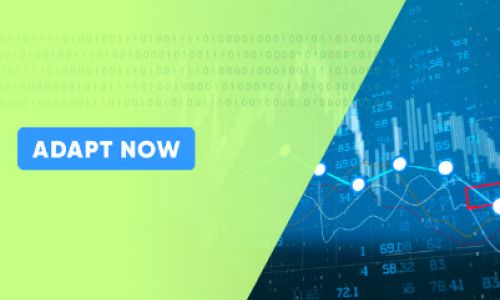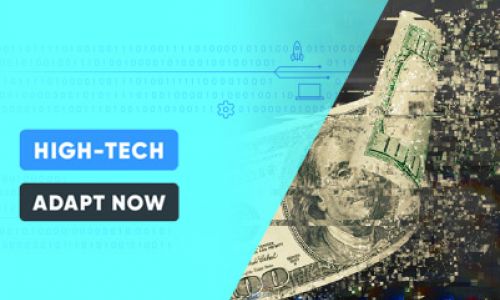As a new year draws closer, now is the time to rethink, reassess, and reimagine the customer experience. Markets continue to be roiled by unprecedented challenges and uncertainty, making it critical that businesses not only win back customers but generate new growth opportunities. Here are 3 must-have factors that will enable businesses to do exactly that, deliver a strong performance in 2021 and a foundation for future success.
1. Build innovation into your CX journey map
According to Forrester’s latest Australia Banking Customer Experience Index, Australian financial services firms were quick to adapt their customer experience in response to the pandemic, but “it was not enough to move the needle beyond just meeting customer expectations.”
Many of the financial services firms are still struggling to balance experiences with a hybrid approach of human interaction enabled by digital channels, which Riccardo Pasto, a senior analyst at Forrester and co-author of the report, notes is one of the keys to creating a differentiated CX. The report’s findings are applicable to other industries that are looking to deliver exceptional digital-first customer experiences but face budget limitations and other challenges.
This is where building a customer experience journey map that supports a lower cost to serve as well as savings to invest in new initiatives and/or markets can help. When executed correctly, a CX journey map blends historical and real-time data to uncover insights for making customer interactions more efficient in areas that matter. Mapping the customer experience enables organisational leaders to identify every step customers take in their interactions with the business and determine which interactions can be simplified, modified, or enhanced without compromising the experience or breaking the bank. Mapping the experience also helps in understanding where a new channel could add the most value.
2. Make the most of hybrid workforces
Even after the pandemic crisis fades, corporations around the world are indicating that they do not foresee a return to pre-COVID ways of working. The future of work is a hybrid model of remote and brick-and-mortar workplaces.
Savvy leaders are building a hybrid workforce centred on efficiency, flexibility, and scale by investing in remote training and other aspects of the employee experience to ensure employees have what they need to do their jobs wherever they are. For instance, a leading automaker is in the midst of overhauling its contact centre employee training by implementing AI-enabled training tools. These tools will enable learners to role play with an AI at their convenience and receive instant feedback, among other advantages.
From there, organisations like the automaker can reap the benefits of a hybrid workforce. Decentralised workplaces allow for a greater diversification in skills, resources, and locations. A dispersed staff creates a highly flexible workforce that can ramp up or down quickly, making it easier to meet service levels and deliver exceptional customer experiences.
3. Identify situations that call for automation (and those that don’t)
In the race to support customers at the height of the pandemic crisis, it became clear that humans and bots work better as a team than as separate entities. We saw this in companies that strategically leveraged chatbots, messaging, self-service, and other channels to divert traffic away from humans, allowing them to handle complex customer needs.
Smart organisations are identifying simple versus complex interactions and assigning appropriate responses. Simple customer interactions that are high-volume and repetitive can be handled in channels like chat, messaging, IVR and others that lend themselves to be easily automated.
Reducing human dependency in these parts of the customer journey helps to drive down costs and errors while at the same time increase process compliance and interaction speed. Once automated processes are in place, companies can add ongoing intelligence and insight to elevate the customer experience, which will also open the doors to further reducing customer and employee effort, a win-win situation.
More disruption ahead
No one predicted a year like 2020 but companies have an opportunity to reset, reassess, and reimagine the ways they do business. And the corporations that remain focused on the customer and employee experience, creating innovative experiences that make it easy for customers and employees to accomplish their goals, are the best positioned to succeed—regardless of what comes next.
Contact us to learn how we can help your brand achieve the performance excellence and agility needed to thrive in today’s new reality or visit ttec.com/asiapacific/what-we-do.




